
Sign up for The Wanderful newletter
Join our growing community of people looking to live the simple life!
Let’s build your van now
Join our growing community of people looking to live the Simple Life




)
I get a ton of questions about this system, so let me start by saying that this is a luxury item for a van conversion.
It’s the best of the best.
While the Van Life Tech system is not designed to be installed by your average DIY Van Builder, I am going to talk about all the reasons I decided to use this system in my van and hopefully help you decide if this is a good option for you.
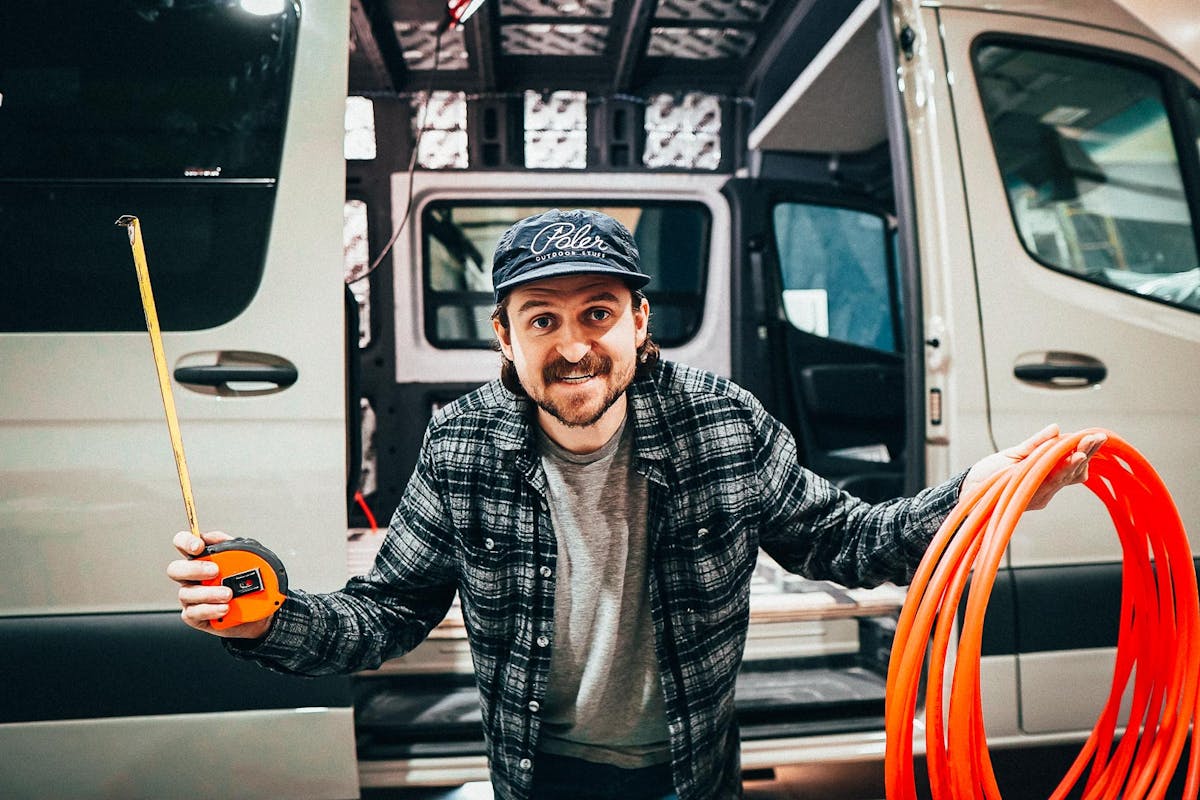
Before I jump into the Van Life Tech system, I want to take a moment to talk about the heating system I used in my first van build, which I still believe is an excellent heat source for vanlife.
I installed the Espar Airtronic D2 Heater which is one of the most common heaters installed in any campervan conversion.
The Espar D2 is:
I traveled in my 170″ Sprinter van for about 4 years while using the Espar D2. The only issues I had experienced came from improper care and maintenance of the unit.
A couple of quick comments to answer some key questions I get regarding the Espar D2 in my van build…

Typically, running the heater costs around $1-$2 per day. If let’s say, you were to run the heater on high all day during severely cold weather, the heater would cost you around $5 a day. This is an extreme scenario though…

I spend a lot of time winter camping. I’ve had my van in -30C and the Espar D2 running on high has been able to get the van to 17-18C. I’ll admit this temperature still requires a hoodie and some sweats but it’s 100% comfortable.
The problem that most people experience with the Espar D2 is that over time the unit can get clogged with soot, which is essentially unburned diesel.
This happens when the heater is being run on low and an excessive amount of diesel flows through the heater. Since the heater is not running on high and not hot enough, the excess diesel will clog up the heater which will cause it to stop running properly.
This problem is amplified at higher altitudes and the recommended fix is to install the high altitude kit.
An espar heater is not a “set it and forget it” unit and does require servicing but with proper care you can go a few years between servicing.
As mentioned above, many people experience problems with the Espar Heater when using it at higher elevations. Espar does make a HAK (High Altitude Kit) which I highly recommend.
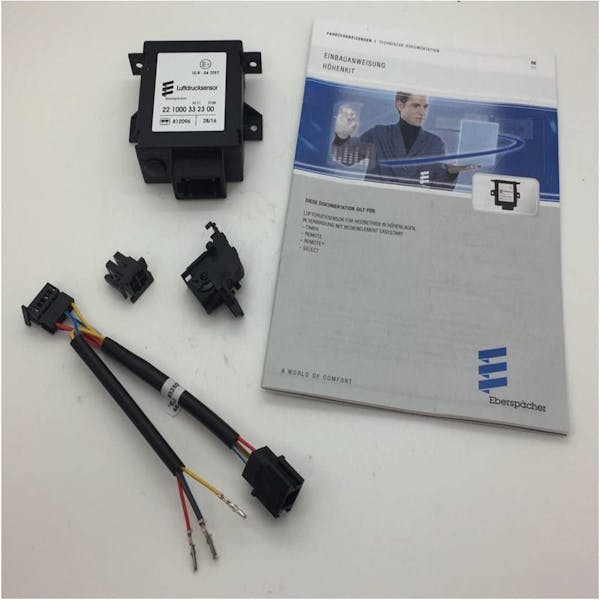
This kit will recognize when your van is at high elevations and will adjust the fuel mixture to avoid the excess diesel building up.
When I was shopping for my Espar heater, I was torn between the D2 and D4 for my 170″ Sprinter Van. The D4 is a larger unit and designed to heat larger spaces which seemed to be a better option for the 170″ van. However, I ultimately decided to go with the smaller heater, the D2.
Why?
Well, the D4 would generally always run on low to medium in the 170″… By running it on low-medium all the time, it would cause it to clog up faster. Whereas the D2, being slightly underpowered for a 170″ would run more frequently on high and stop it from clogging up with soot.
Overall, after 4 years in the van and in the winter I have never really had any issues with the D2 in the 170″ Sprinter Van. For more information about how I installed the Espar D2 in my first van, be sure to check out this article.
And without opening another can of worms, a lot of this success depends on the insulation that you use in your van… But that’s a topic for an entirely different article.
After reading all of this, you may be wondering why I decided to go with the In-Floor Heating System from Van Life Tech for my second van.
The short answer is that I decided I was going to spoil myself this time around.
Chasing snow is a huge part of my vanlife journey. In fact, I spend about half my time in the van in winter climates, unlike many other Vanlifers who are often chasing the heat.
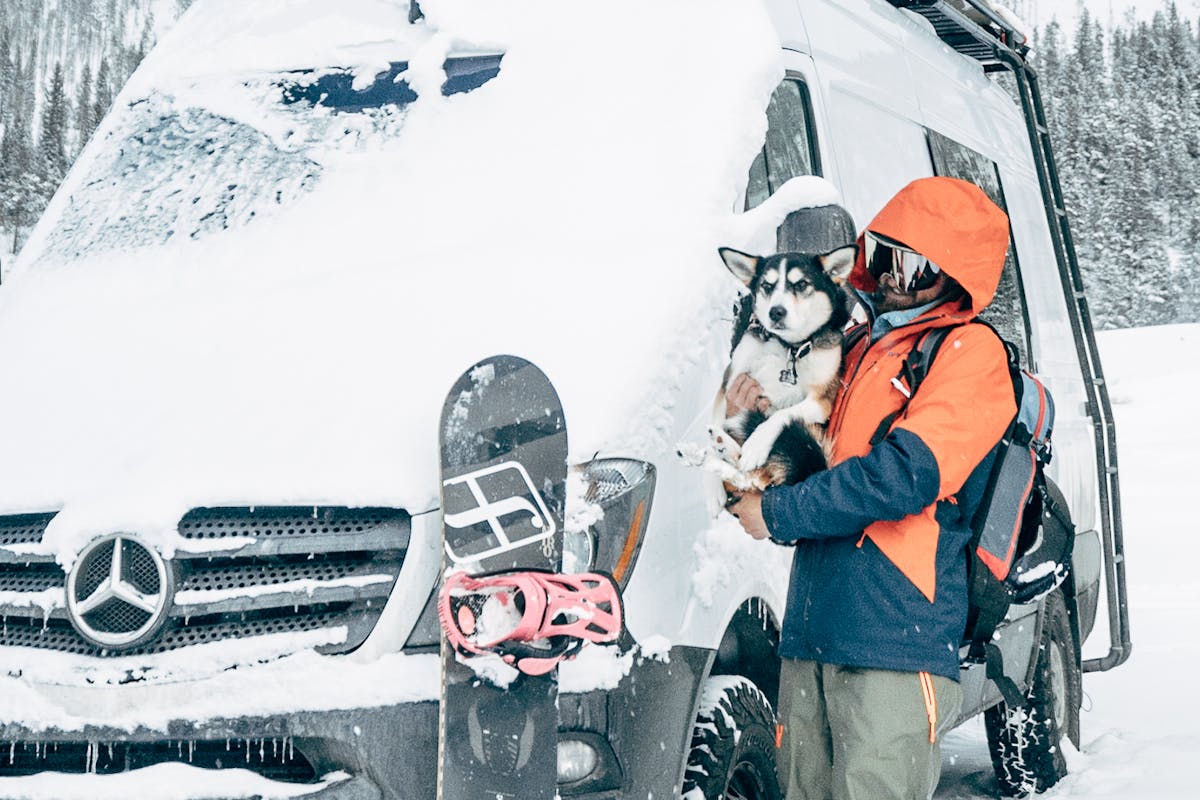
The Espar D2 is a forced air heater powered by the diesel in your vehicle. This heater is simply heating the AIR inside the van and nothing else. You will notice that your flooring, cabinets, clothing, etc will still be cold to the touch, and the minute you open the van door, all that warm air rushes out.
With the in-floor radiant system, the heating starts on the floor and rises up through the flooring, cabinets, and other parts of the van. So when you do open a door a lot of the heat inside the van is retained in the floor, cabinets, and physical parts of the van, making the recovery much much quicker.
People who are experienced with in-floor radiant heat will know that these systems take longer to reach the desired temperature but by the nature of radiant heat, they will also not lose heat nearly as quickly.
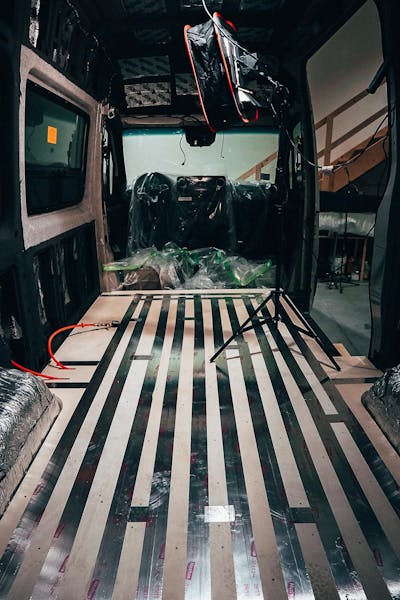
The proprietary Van Life Tech design provides ‘whole house heating’ through an integrated two-stage hydronic system:
Stage 1 = Radiant Floor
Stage 2 = Fan coil unit(s)
It’s an all-hydronic system which means it’s a hot fluid, like the coolant that would go through your radiator in the vehicle. Through about 150 feet of hose in the floor, their proprietary system will automatically try to use the floor as the primary heat source to heat the van.
You have full control over the minimum and maximum temperatures in the floor. So you can choose to keep it at a certain temperature all the time if you want.
If it gets super cold out and the system in the floor is taking time to get up to temperature, they have a second stage which is a forced air unit. This unit uses the same hydronic heating fluid but runs through fan coils, sort of like the heat in your car.
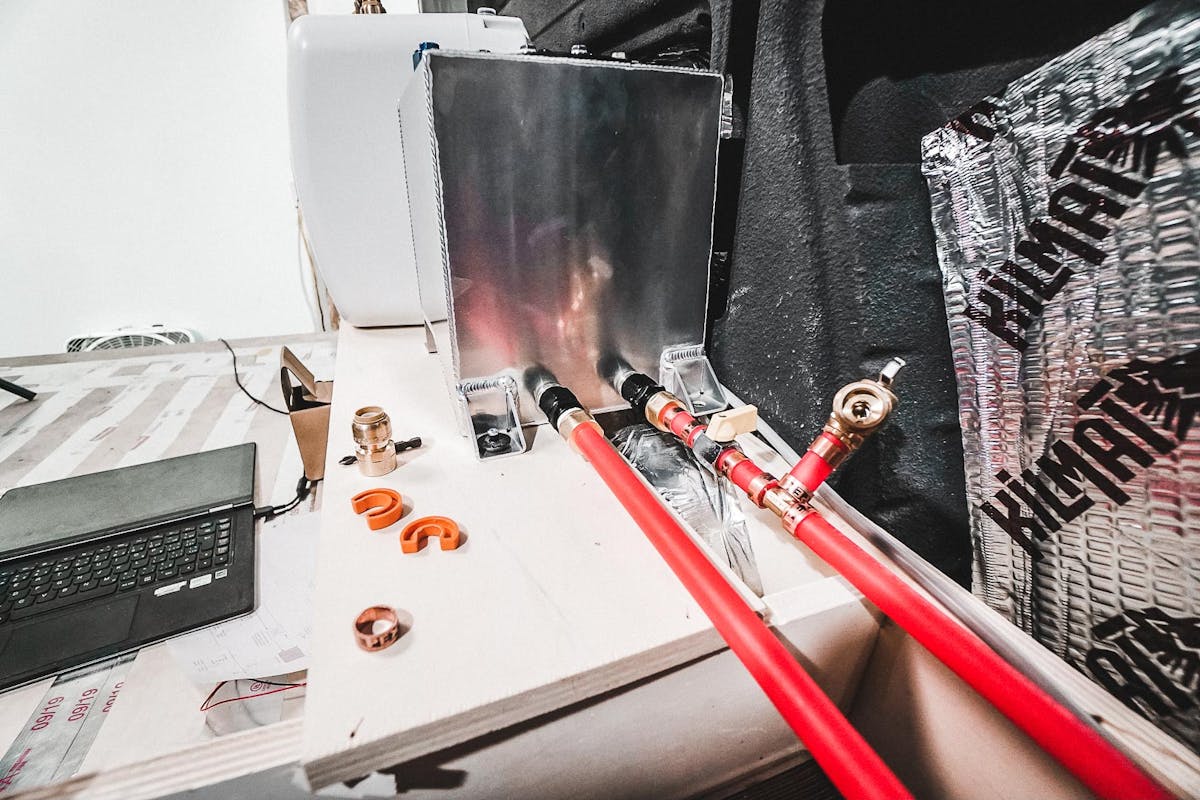
Aside from the obvious benefits of toasty feet and being a super-efficient luxury way to heat your van, there are some added benefits of the Van Life Tech system that are worth noting.
Van Life Tech’s solution uses a hydronic heating system that utilizes a flat plate heat exchanger to provide you with on-demand hot water inside your van.
I think most vanlifers will agree that having endless hot water that doesn’t waste all your battery power is a luxury they would love to have.
This heating system is wifi-controlled. So picture this…
You’re at the ski hill, about to head into your last run of the day…
You pull out your phone…
You turn the heat up 5 degrees…
You get back to the van after a day in the snow and everything is at the perfect temperature!
Do you absolutely need this? No, not at all…
But do you want it? I know I do!
The brilliant team over at Van Life Tech is also creating a recirculating shower system. It uses the heating system to reheat the recirculating water that will allow you to take a hot shower for as long as you want while only using about 1.5-2 gallons of water.
I don’t actually have this in my van as it wasn’t ready when I ordered my system, unfortunately, but I believe this unit will be a real game-changer in the adventure van space…
Imagine coming back to your van after a long day of skiing and being able to have a 10-minute shower using only 2 gallons of water… How much would you pay for that?
Overall, I am thrilled to have the Van Life Tech radiant heat system in my van. At the time of writing this, I have yet to hit the road in my new van so there will certainly be more information to come.
If you’re interested in this system, be sure to contact Van Life Tech or one of their affiliated Upfitters.
)
Installing a diesel heater on your own can feel intimidating. Especially when you first open the box of the Espar D2 Heater.
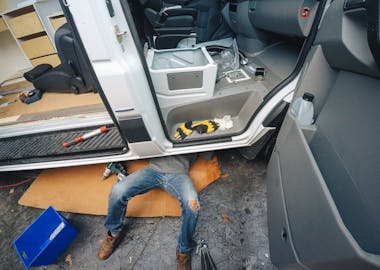)
While many Van Lifers are looking for a less-traditional way of life, there’s one thing we can all agree on…
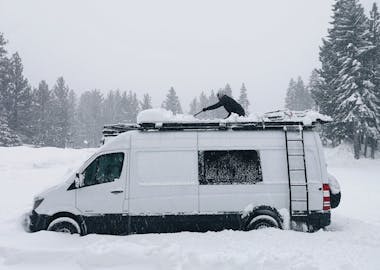)
If colder temps are in your vanlife future, it’s time to think about how you plan to winterize your van.